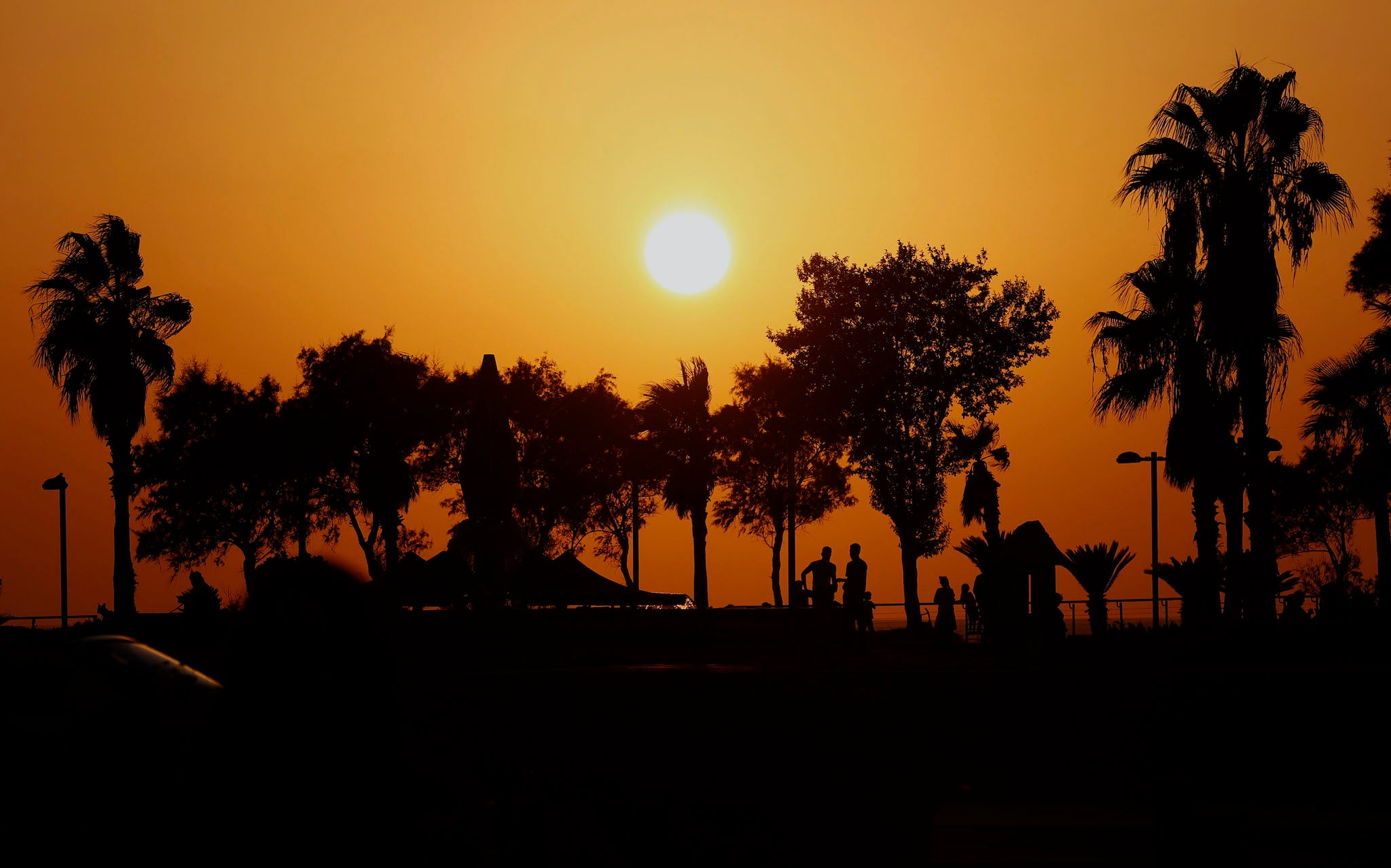This website uses cookies so that we can provide you with the best user experience possible. Cookie information is stored in your browser and performs functions such as recognising you when you return to our website and helping our team to understand which sections of the website you find most interesting and useful.

The sun has entered a new “solar cycle”, Nasa has said.
Officially named “Solar Cycle 25”, it signals that there will be an increase in space weather that could have effects for technology on Earth as well as astronauts in space.
The finding will be key to ensuring that the world is ready to deal with the various problems and complications that can come as a result of that change in space weather, experts said.
The Sun’s activity runs on a roughly 11-year cycle, with the star moving regularly from quiet to active and back to quiet. Those periods of activity are known as solar weather, and while their changes have been watched for hundreds of years, many of their processes and effects remain largely mysterious.
Changes in the solar weather can have widespread effects: astronauts who are not protected by the Earth’s magnetic field can be struck by dangerous amounts of radiation, and it can also cause significant problems for radio communication technologies on the ground. As such, experts have suggested that the beginning of the new cycle should be an opportunity to make plans for the changes expected in the years to come.
“There is no bad weather, just bad preparation,” said Jake Bleacher, chief scientist for NASA’s Human Exploration and Operations Mission Directorate at the agency’s Headquarters. “Space weather is what it is – our job is to prepare.”
The solar minimum that marks the end of the previous cycle actually happened in December 2019, Nasa said. But the variability of the Sun means that knowing for sure can take months.
As the Sun heads into its new cycle, it could lead to dramatic events on the surface – giant explosions such as solar flares or coronal mass ejections. Those can spew “light, energy and solar material” into space, Nasa noted.
“We keep a detailed record of the few tiny sunspots that mark the onset and rise of the new cycle,” said Frédéric Clette, the director of the World Data Center for the Sunspot Index and Long-term Solar Observations, which works to track those sunspots.
“These are the diminutive heralds of future giant solar fireworks. It is only by tracking the general trend over many months that we can determine the tipping point between two cycles.”
Scientists expect that activity will rise until July 2025, when the Sun reaches its next predicted maximum.
They noted that this cycle is expected to be comparable to the previous cycle, which was below average. But that does not mean there are not risks, researchers said.
“Just because it’s a below-average solar cycle, doesn’t mean there is no risk of extreme space weather,” said Doug Biesecker, a solar physicist at NOAA’s Space Weather Prediction Center. “The Sun’s impact on our daily lives is real and is there."



 Africana55 Radio
Africana55 Radio 
